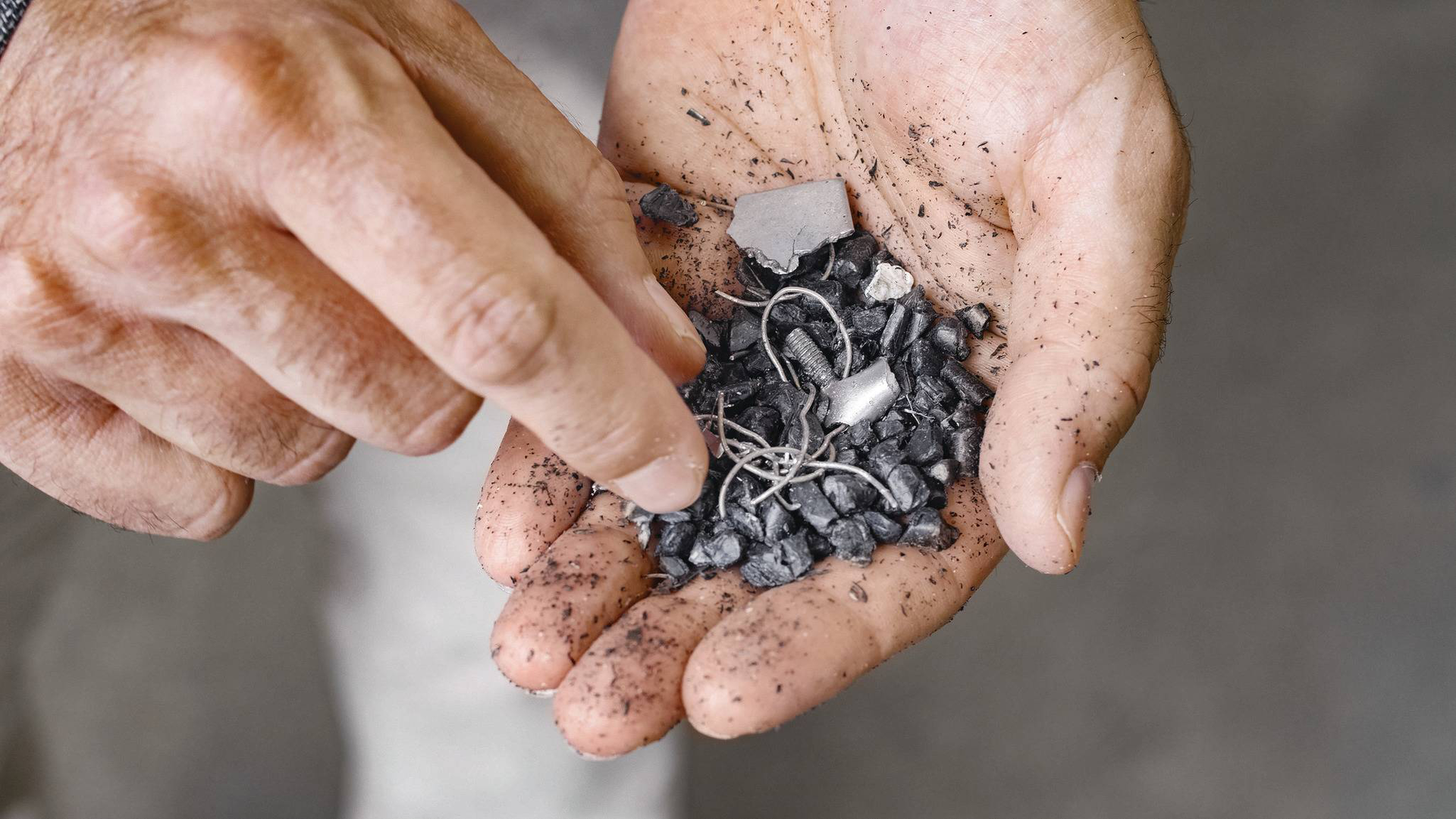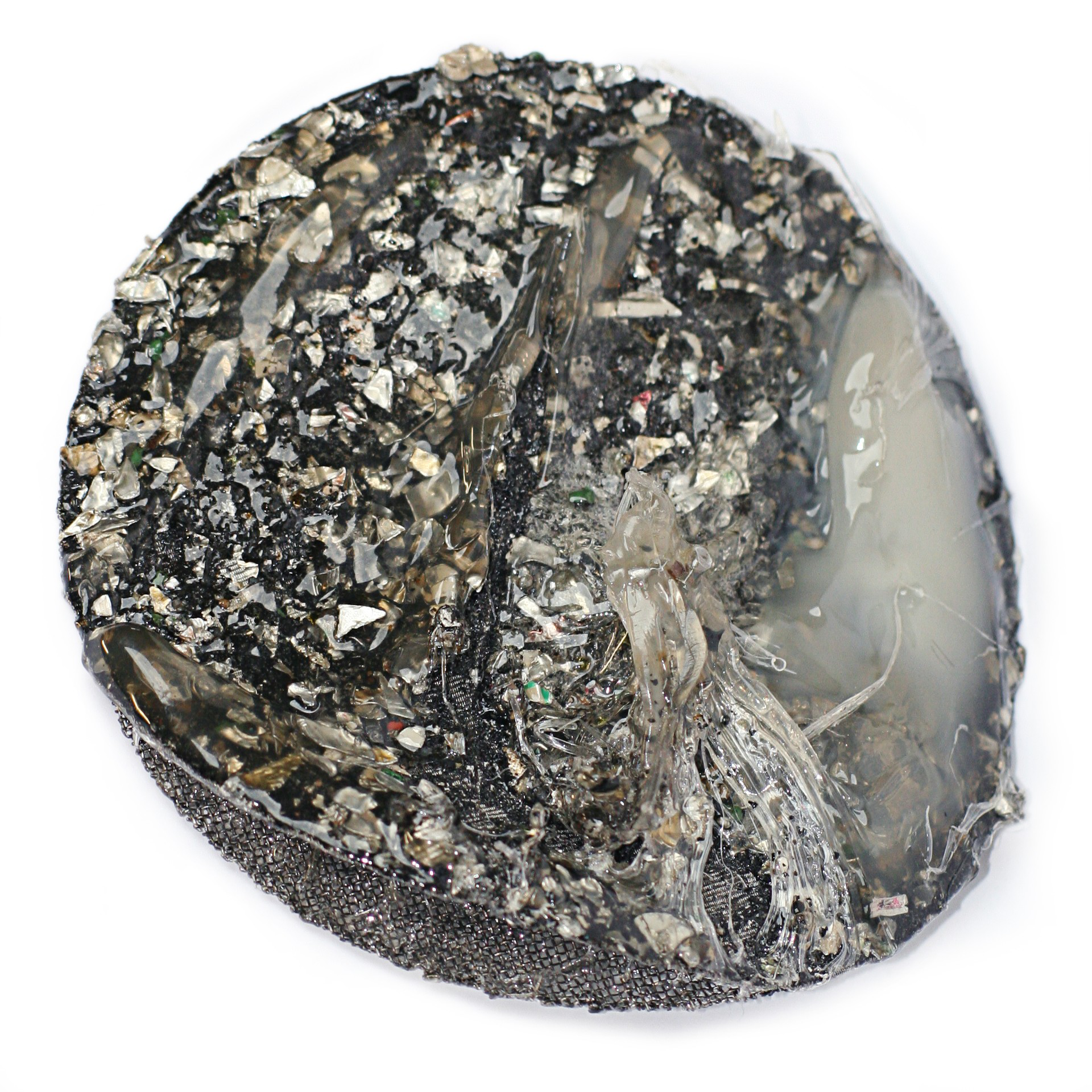Many reasons speak in favor of using recycled material and thereby closing the plastic cycle. But without the proper process technology, it does not work profitably. Which contaminants in recycled material play a role and how they can be avoided and eliminated – an explanation.
Why recyclate increases profitability
Recycled material has many advantages – whether for processors, consumers, or the environment. Even though the prices for recycled material fluctuate, they are generally lower than those for new products. In addition, there has long been a societal shift towards increased environmental awareness, making it more important for companies to actively engage in environmental protection. Customers pay attention to recycled content, and in some cases even demand it, which is why more and more companies are committing to fixed amounts of recycled material.
Recycled material accounted for approximately 12.3 percent of the total amount of plastics processed in Germany in 2017. When comparing the various industries, recycled material was used significantly in agriculture (34.9%), construction (21.5%), and packaging applications (9.1%).* This also pleases the environment, as the use of recycled material conserves resources. It is clear: the circular economy is developing into an important megatrend. However, in order to be able to use recycled material and truly close the plastics loop, it must be consistently available in sufficient quantities and possess a certain quality. But that is not always the case.

Why the quality must be checked
"Purchased recyclate can contain different polymers as well as metals," says Tim Hencken, the CEO of Sitraplas GmbH, a compounder of technical plastics, who also uses recyclates and deals with their purchase and use on a daily basis. But where do all the contaminants come from?
Upon closer inspection, it becomes clear that the sources of contaminants in delivered recycled materials are varied. One reason: numerous packaging and products nowadays consist of different types of plastics, colors, and materials. In beverage bottles, different types of plastics are often used for the bottle body than for the caps. In plastic soap dispensers, for example, a metal spring is usually built in. When the different materials are not properly detected, separated, and sorted during the plastic recycling process, they end up mixed and further processed in a pulverized form into the recyclate.
What can happen?
If the recyclate is contaminated in its composition, there are consequences. Foreign plastics, for example, lead to changes in the physical properties of the product made from the recyclates. The product quality suffers and complaints arise. In addition, discolorations may occur due to incorrect colors, which are also a cause for complaints. Metallic contaminants are the most common contamination in the recyclate.
They can lead to machine damage – resulting in machine downtime, production losses, and financial losses. Furthermore, the consumption of spare parts and maintenance work increase, and the lifespan of product-contacting components is greatly shortened. In short: Production efficiency decreases. “For example, the screens may become clogged or the screws may be damaged due to the contaminants. We absolutely want to prevent that,” says Hencken.
What to do against metallic contamination?
For the plastics processor, the question is how metallic contaminants can be safely removed from the recyclate. Since the metal in the product stream is usually difficult to detect – quite a challenge. Mixed with granulate, metal chips are virtually invisible. However, there are various options for trace detection.

Recognize and interpret signs
Specific indications that metals are contained in the recyclate include extrusion and injection molding systems whose screens are often filled with metal or whose screen changers often need to be cleaned of carried metal or melt.
Channels of injection molding tools, which are often clogged with metal parts, also indicate the presence of metals in the product stream. Last but not least, metal inclusions in the final product are a clear sign.
Deploy detection and separation
Essentially, there are several options for plastics processors to prevent metallic contamination. Even during the incoming goods inspection, they can examine the quality of the recycler material by installing material analysis systems and metal detection systems. Material analysis systems automatically check and document the exact composition of the incoming material, so that the plastics processor can immediately determine and monitor the quality of the recyclate.
The installation of metal detectors with integrated separation units at the beginning and other critical points of the production process protects the products and equipment by removing the metals. Modern detection systems are capable of detecting and separating even the smallest metal parts. And that is a decisive factor, because in principle it applies: The smaller the detected and removed parts, the better the protection against damage and complaints.
Magnetic separators are also used. However, relying solely on them is not sufficient, because they only separate magnetic metals. Stainless steels and other non-magnetic metals such as copper, brass, or aluminum cannot be separated by them. Therefore, a magnetic separator should only be used in combination with a metal detector in order to relieve the metal detector by pre-separating the iron.
Conclusion
The use of recyclates is increasing, and thus the use of material analysis systems and metal detectors is becoming even more important. Due to the limited availability of recyclate, plastic processors are forced to obtain it from different suppliers. Therefore, consistent quality is usually not ensured. However, if the analysis and detection systems operate very precisely, plastic processors can purchase recyclate without risk, thereby further increasing the profitability of their production. Ultimately, material analysis systems and metal detectors make an important contribution to profitably closing the plastic loop.

